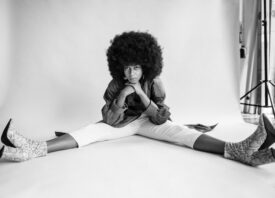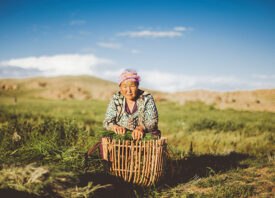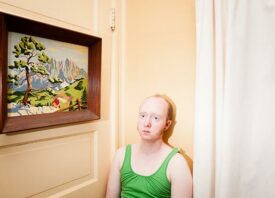Search this site
The Therapeutic Power of Photography Transforms Pain into Beauty



Without thinking we find ways to distance ourselves from the discomforts and indignities of life, denying the horrors that befall strangers, downplaying those may touch our lives, for trauma is one of the most difficult tragedies to manage and heal when it befalls our lives.
Though it surrounds us in countless forms, we seek ways to buffer its relentless effect, trying to mediate the toll it takes on our physical, psychological, and spiritual state. Whether we keep ourselves disconnected and numb or become volatile and reactionary, the wound often goes untreated, festering and growing worse while the pain seeps deeper into our being with the passage of every day, month, and year.
It is only when we have the courage to expose our most vulnerable selves that we may begin to transform the harrowing nightmares we have lived into something greater than ourselves for understanding requires mutuality. We must lay ourselves open to other people’s pain if we ever hope to heal our own.

At the age of five, American photographer Margaret Durow (born 1989) discovered a benign tumor in her lumbar spine that caused it to curve over time, resulting in severe scoliosis. In 2007, Durow experienced severe complications when “a surgeon fused my spine by replacing the cartilage between thirteen of my vertebrae with bone graft,” she writes in Margaret Durow (Setanta Books/Open Doors). “Ten titanium screws – one of which was misplaced and impeded my spinal cord, and two metal rods were also put in.”
After going long periods of time where she was unable to stand or leave the house, Durow underwent more reconstructive spinal surgeries that were unsuccessful and caused additional impairments. “In 2018, I had the rods and screws removed from my back, plus another surgery months later to treat the additional nerve damage caused by the hardware removal,” she writes. “I’ve re-learned how to walk twice. Part of my right leg hasn’t worked for the last two years because of damage to the nerves in my back, and my spinal cord continues to leak fluid inside my body.”
These words, so heavy to hear, only begin to convey a fraction of the horrors Durow has enduring living with chronic pain caused by surgery that was supposed to fix the problem at hand. With only herself to rely upon, Durow turned to photography, a practice she had known since a young age.

Durow’s lyrical images are alternately aching, agonizing, ethereal, majestic, and mellifluous moments of her life — tender, sometimes mundane, scenes that remind us existence in and of itself is magical. To live, to breathe, to survive, and to attest to this fact is proof of the ineffable, unknowable divinity that prompts us to fight, to find ways to overcome and heal that which has tried to decimate us.
In Durow’s most stark images there is the understanding that reality cannot be denied. You can close your eyes, you can say it isn’t so, but not amount of pretending will ever make it true. Durow invites us to open ourselves not only to her pain but also to our own. For in recognizing her suffering and witnessing her courage and strength, we are empowered to take root in all that lays at our doorstep.
“Photography allows me to express how I feel, and transform the pain and isolation of my deformed and disabled body into beauty and strength,” she writes. “I try to mirror what I feel inside when I capture the subtle changes in light, mood, and landscapes around me. I take pictures to remember how I feel, and I hope they make you feel something personal for yourself.”



All images: © Margaret Durow



